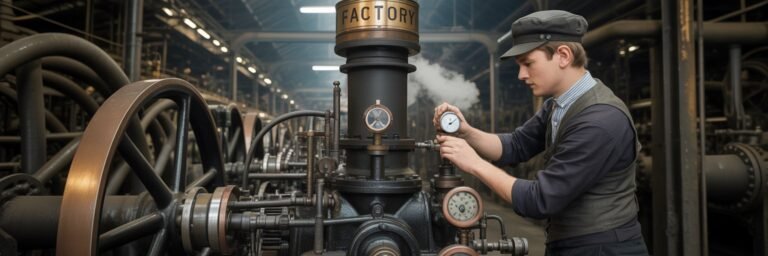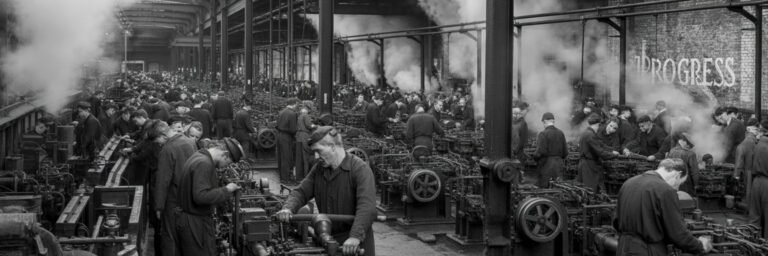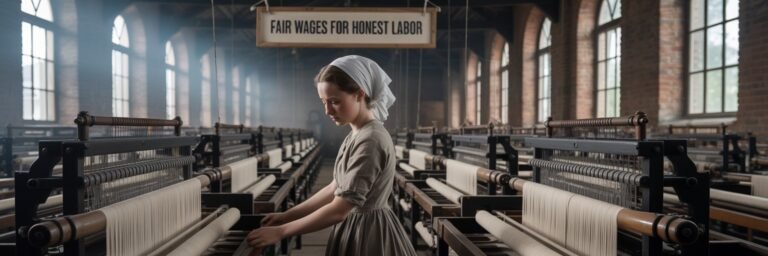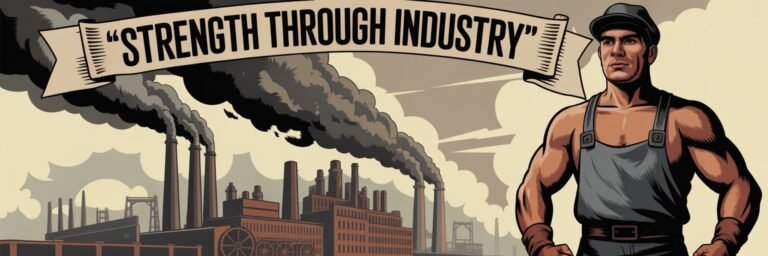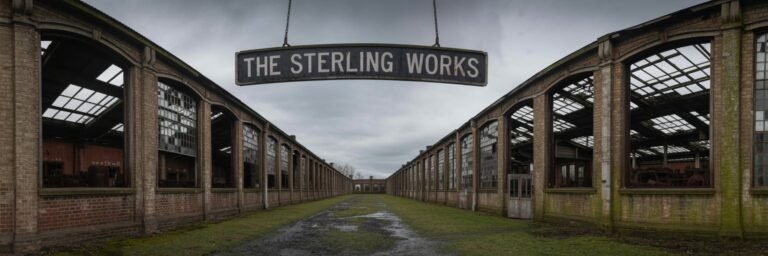INTRODUCTION
The Industrial Revolution—an era of unprecedented growth and development—transformed international economies and societies. This period, which spanned the 18th and 19th centuries, marks a seismic shift from traditional manual labor to machine-led industries, setting the stage for the modern world. This article explores the top ten defining moments of the Industrial Revolution, with the aim of highlighting the profound impact they have had on our world and offering fresh perspectives on their historical significance.
HISTORICAL BACKGROUND
The Industrial Revolution was a two-stage process, first emerging in Britain around 1760 before spreading to other parts of Europe and eventually the United States. The first revolution was dominated by innovations in textiles, ironmaking, and the arrival of steam power. The much larger second revolution, from roughly 1850-1914, brought advancements in steel production, chemicals, electricity, and the transportation industry. These twin blasts of technological innovation significantly altered the contours of modern life, reshaping the global economy while paving the way for modern capitalism, urbanization, and even our understanding of time.
THEORIES AND INTERPRETATIONS
There are disparate theories attempting to explain why the Industrial Revolution happened when it did. The classical perspective, championed by historian Arnold Toynbee, suggests that an explosion of technological innovation sparked these revolutionary changes. Others argue that socio-economic transformations, like Britain’s enclosure movement or the capitalist spirit of the middle class, catalyzed the revolution. Robert C. Allen offers a unique approach in his book “The British Industrial Revolution in Global Perspective,” tying the revolution’s genesis to high British wages relative to energy costs, which incentivized labor-saving innovations.
A new wave of scholarship has challenged these Eurocentric narratives, arguing that the Industrial Revolution was not an isolated British event. Scholars like Kenneth Pomeranz and Bin Wong in “The Great Divergence” posit that global factors, including the wealth extracted from the colonies, were key to Britain’s industrialization. Networks of trade and knowledge flows are also seen as essential components.
MYSTERIES AND CONTROVERSIES
Two central controversies anchor debates about the Industrial Revolution: the standard of living debate and the “great divergence” controversy. The first revolves around the question of whether living standards improved with industrialization. Champions like Robert Fogel argue that industrialization led to longer lifespans and improved health, while critics cite Dickensian descriptions of squalid living conditions and dismal working hours.
The Great Divergence controversy focuses on why the West raced ahead of the East during the Industrial Revolution. Some historians, like David Landes, believe that unique Western institutions and cultural elements fostered this divergence. However, this view has been challenged by those who posit that colonial loot and geopolitical factors played a decisive role.
SYMBOLISM AND CULTURAL SIGNIFICANCE
The Industrial Revolution was a period of symbolic metamorphosis. The steam engine evolving into a potent symbol of man’s ability to harness the forces of nature. Factories, once innocuous, became a physical embodiment of capitalist exploitation yet also progress. Undeniably, they changed perceptions of nature, society, and culture during this period.
The shift to factory labor symbolized the departure from rural life and the advent of urbanization. This shift fundamentally altered everyday lifestyles, leading to the creation of a new socio-economic class—the urban proletariat. The cultural changes were profound; the notion of time itself was transformed with the adoption of a mechanized and regimented work schedule.
MODERN INVESTIGATIONS
Modern historians continue to uncover new aspects of the Industrial Revolution using innovative approaches and tools. Digital humanities, for instance, are enabling a deeper understanding of the geographic distribution of industries, labor practices, and the impact of sudden urban growth.
In recent years, environmental historians, influenced by contemporary concerns about climate change and sustainability, have examined the environmental effects of the Revolution. This has revealed a correlation between industrialization and environmental damage, raising questions about the legacy of this era.
LEGACY AND CONCLUSION
The legacy of the Industrial Revolution is as rich as it is complex. On one hand, it has been responsible for the birth of modern capitalism, laying the foundation for globalization and the world as we know it today. On the other hand, it inadvertently paved the way for environmental crises and deficits in social equality.
While the Industrial Revolution was undoubtedly about progress, it also introduced challenges that persist to this day, like labor rights, wealth inequality, and environmental sustainability. Despite the controversies, debates, and the profound transformations it ushered in, the Industrial Revolution remains a significant era. Its effects are visible in our current world, and understanding it continues to shape our collective industrial past and future.
Analyzing and understanding these pivotal turning points of the Industrial Revolution continues to enrich our grasp of history, revealing that the roots of modern society and its triumphs, as well as its dilemmas, are deeply embedded in the crucible of this extraordinary era of change. Above all, contemplating the Industrial Revolution serves as a powerful reminder of humanity’s ability to innovate and adapt, yet cautions us about the unintended consequences of relentless progress.

